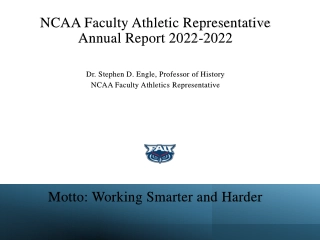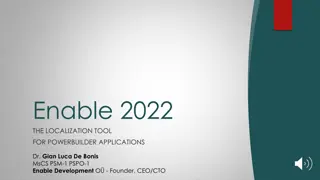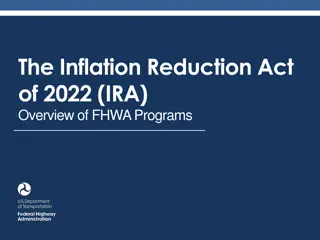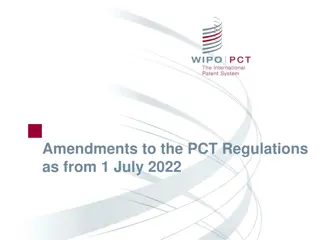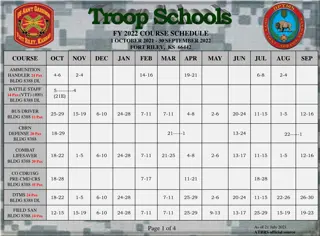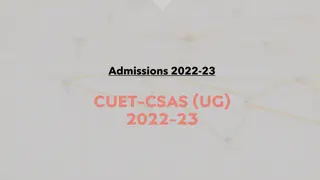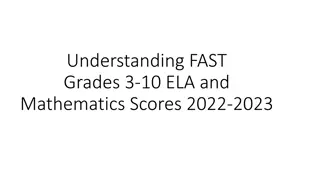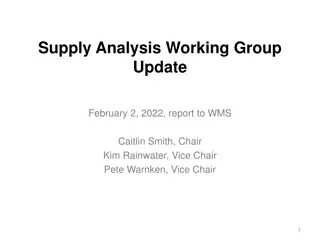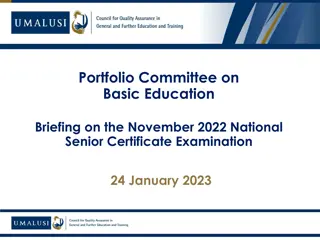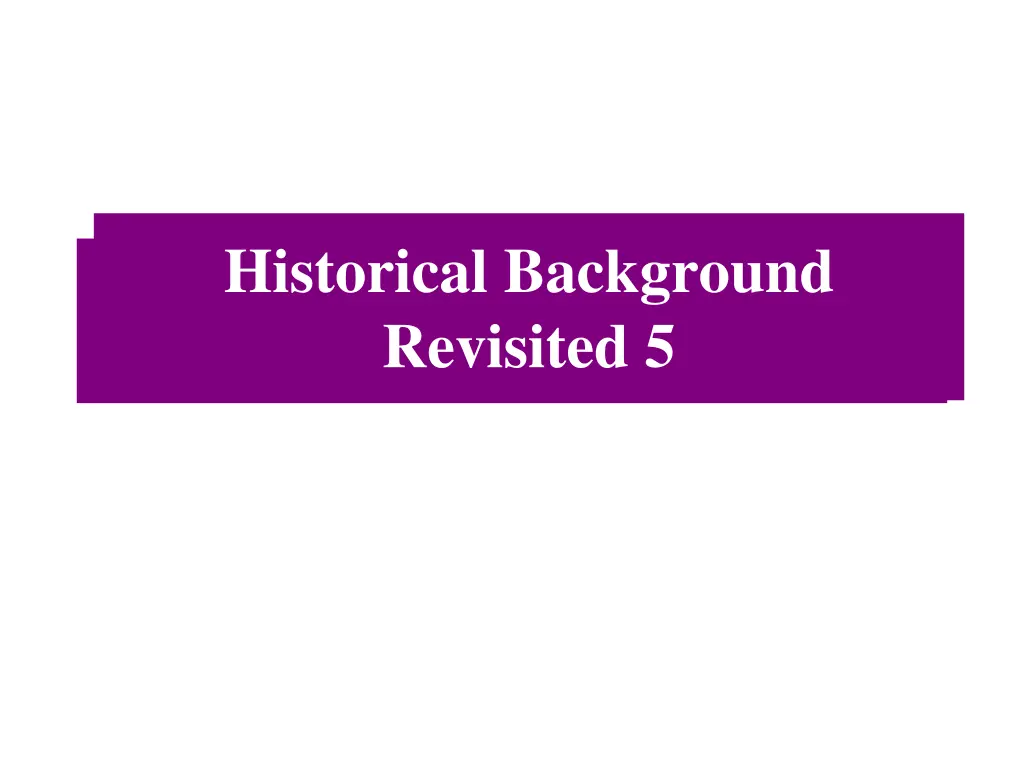
Revival of Education: Muhammad Ali Pasha's Impact
Explore how Muhammad Ali Pasha revolutionized education in Egypt by sending students abroad, embracing Western techniques, and establishing schools that revitalized Arabic language and literature. Witness the translation efforts and educational missions that shaped a new era in learning.
Download Presentation

Please find below an Image/Link to download the presentation.
The content on the website is provided AS IS for your information and personal use only. It may not be sold, licensed, or shared on other websites without obtaining consent from the author. If you encounter any issues during the download, it is possible that the publisher has removed the file from their server.
You are allowed to download the files provided on this website for personal or commercial use, subject to the condition that they are used lawfully. All files are the property of their respective owners.
The content on the website is provided AS IS for your information and personal use only. It may not be sold, licensed, or shared on other websites without obtaining consent from the author.
E N D
Presentation Transcript
Historical Background The Philosophy of Education Revisited 5
Muhammad Ali Pasha During his time, Muhammad Ali began sending students abroad, particularly to France some of whom learned specific skills individually, while others were sent to Paris in a series of education missions. It was not long before those students became experts in French and through their stay abroad acquired Western techniques and adopted the western style of learning.
Muhammad Ali Pasha Upon their return, they began translating significant texts into Turkish and Arabic, teaching in the new schools and translating what the foreign experts were teaching. During that time, Rif ah al-Taht w rose to prominence as a translator as well as the author of Takhlis Al-Ibriz fi Talkhis Bariz a famous account of his journey.
Muhammad Ali Pasha A figure of importance in the revival of the Arabic language and literature, known as Nahda, al-Taht w , became the second director of the School of Languages. This translation bureau than a language school. was more of a
Muhammad Ali Pasha The establishment of these new schools required textbooks, which became the chief product of the new government printing press set up in Bul q, the port of Cairo, in 1822. This was the first permanent press in Egypt, second only to the short-lived press brought by the French expedition (1798- 1801) that was removed upon French withdrawal.
Muhammad Ali Pasha With his expedition Napoleon brought scientists and savants in all fields, along with a printer that could type in Arabic, Greek and French. The first translation done by the French mission from French into Arabic was Napoleon s proclamation addressing the Egyptians.
5. Contemporary Translation Theories In his paper entitled The Name and Nature of Translation Studies , Holmes (1972/2004) developed a paradigm conceptualizing translation as an overall framework, describing what translation studies covers (Munday 2008: 9).
5. Contemporary Translation Theories In Holmes s map of Translation Studies ,translation, as a discipline, is divided into two main branches, viz. 'pure translation studies' and 'applied translation studies'.
5. Contemporary Translation Theories While the former concerns itself with theoretical and descriptive studies, the latter exclusively deals with issues related to translator training, translator aids and translation criticism. Below is an illustration of the framework for translation studies and is considered the founding statement for the discipline
Applied research is for increasing what is Pure research is for expand on what is known about a problem with the goal of known, i.e., knowledge, with little significant creating a better solution connections to contemporary problems 11
The other branch of pure research in Holmes (1988) map is descriptive. Descriptive Translation Studies (DTS) has three possible foci which include examination of (1) the product, (2) the function, and (3) the process of translation: examines existing translations. According to Holmes, one of the eventual goals of product-oriented DTS might possibly be a general history of translation is concerned with the psychology of translation, i.e. to find out what happens in the mind of a translator. is the study of context rather than the text. It examines which books were translated when and where, and what influences they exerted. 12
Applied Translation The Applied branch was further divided into Translator Training methods, testing curriculum planning), Translation Aids (lexicological and terminological aids, also grammars) and Translation Policy and Criticism, all of which were to become objects of intense interest and a vast amount of activity in the 1980s and 1990s (teaching techniques and
The theoretical branch is divided into general and partial theories. By general, Holmes refers to those writings that seek to describe or account for every type of translation. the partial branch is restricted according to the parameters of: (Medium)whether the translation is being done by humans or machines, and also, whether the human translation is written or spoken. (Area) restricted to specific languages or groups of languages and/or cultures. (Rank) restricted to a specific level of (normally) the word and sentence. (Text-Type) look at specific discourse types or genres; e.g. literary, business and technical translation. (Time) translations limited according to specific time frames and periods. (The history of translation) (Problem) specific problems such as equivalence- a key issue of the 1960s and 1970s - or to a wider question of whether universals of translated language exist.


